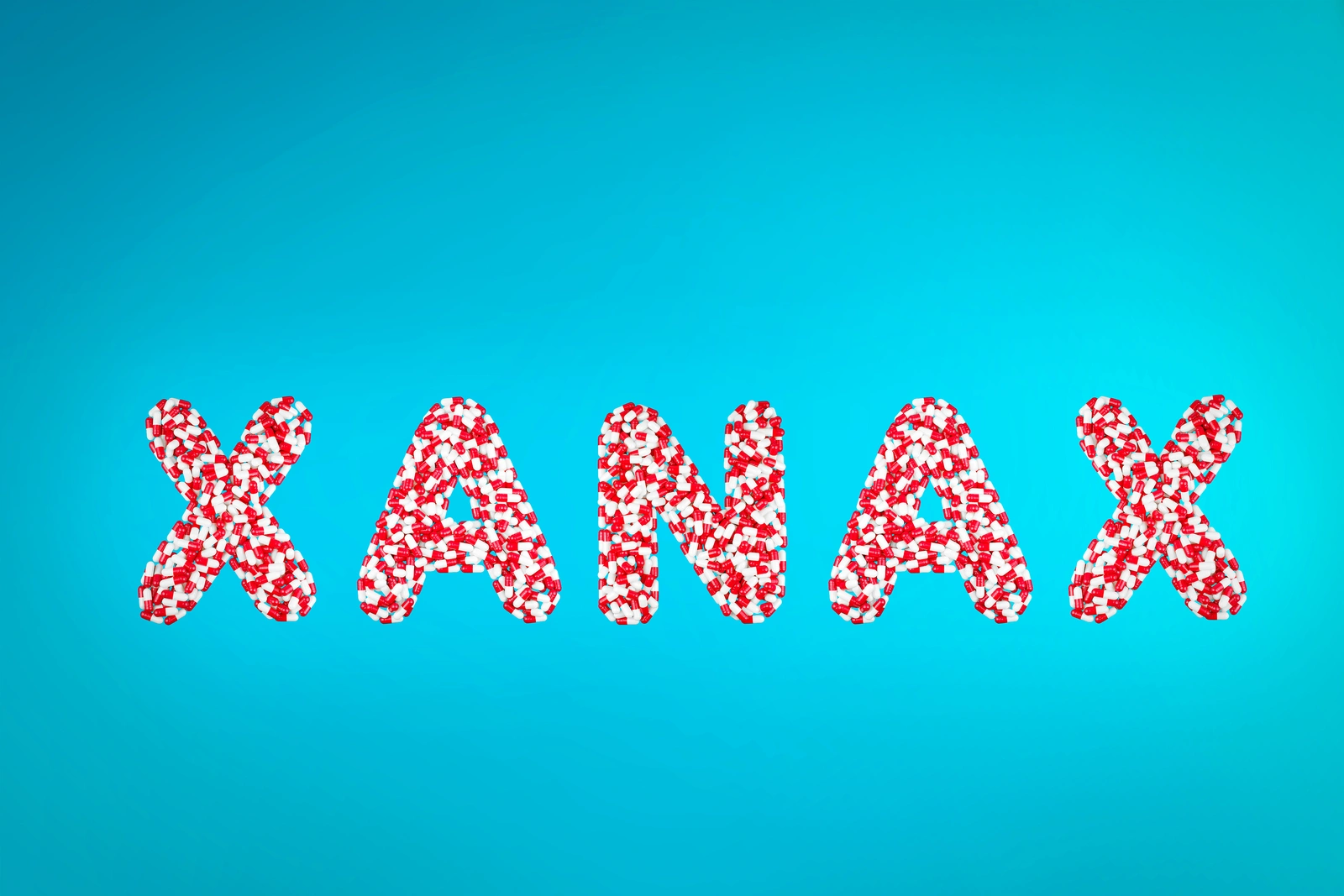How Long Does Xanax Stay in Your System? Factors and Drug Detection Time
Xanax (alprazolam) is a widely prescribed benzodiazepine that’s used to treat anxiety, muscle spasms, seizures, and sleep disorders. Though Xanax can be effective for these conditions, it’s also highly addictive and may be abused recreationally for its sedative effects.
There are several risks and drug interactions with Xanax. The drug’s concentration peaks about 1-2 hours after taking it, then the body eliminates about half of the drug after 11 hours.[1] Learn more about how long Xanax stays in the body, the factors that affect Xanax metabolism, and Xanax drug detection timeframes.

Frequently Asked Questions About About Xanax Detection Time
How Long Does Xanax Take to Work?
The body absorbs Xanax quickly after it’s taken. The drug reaches its peak about 1-2 hours after taking a dose, but the effects are often felt about an hour after it’s taken.
When Does Xanax Expire?
Xanax prescriptions should have a date when the prescription was filled and an expiration date. This indicates how long the drug is safe and effective to take. If you have expired Xanax, it’s best to dispose of it properly instead of taking it or throwing it away. Authorized Drug Enforcement Administration (DEA) disposal locations have drug takebacks for controlled substances.
Is Xanax Part of Employment Drug Tests?
Benzodiazepines may be part of pre-employment drug screenings, depending on the employer. Standard drug tests look for amphetamines, cocaine, marijuana, opiates, and PCP, but they may have additional categories for benzodiazepines, MDMA, and other drugs.
Can I Get Fired for Taking a Xanax Prescription?
If you have a legitimate prescription for Xanax and it comes up on a drug test for your employer, the Americans with Disabilities Act ensures you’re protected from termination.[11] However, this protection doesn’t extend to occupations in which your use of Xanax could impair your judgment or reaction times and may cause injury or death to yourself or others, such as a pilot or construction worker.
[1] MediLexicon International. (n.d.). How long does Xanax last in your system? withdrawal and more. Medical News Today. Retrieved from https://www.medicalnewstoday.com/articles/326488#when-it-takes-effect on 2024, July 25.
[2] How does xanax make you feel?. Drugs.com. (n.d.). Retrieved from https://www.drugs.com/medical-answers/xanax-make-you-feel-3559327/ on 2024, July 25.
[3] MediLexicon International. (n.d.). How long does Xanax last in your system? withdrawal and more. Medical News Today. Retrieved from https://www.medicalnewstoday.com/articles/326488#when-it-takes-effect on 2024, July 25.
[4] Nall, R. (2024, January 22). How long does Xanax stay in your system?. Healthline. Retrieved from https://www.healthline.com/health/how-long-does-xanax-stay-in-your-system#xanax-and-drug-tests on 2024, July 25.
[5] Nordal K;Øiestad EL;Enger A;Christophersen AS;Vindenes V; (n.d.). Detection times of diazepam, Clonazepam, and alprazolam in oral fluid collected from patients admitted to detoxification, after high and repeated drug intake. Therapeutic drug monitoring. Retrieved from https://pubmed.ncbi.nlm.nih.gov/25549207/’ on 2024, July 25.
[6,7] Nall, R. (2024, January 22). How long does Xanax stay in your system?. Healthline. Retrieved from https://www.healthline.com/health/how-long-does-xanax-stay-in-your-system#xanax-and-drug-tests on 2024, July 25.
[8,9] MediLexicon International. (n.d.). How long does Xanax last in your system? withdrawal and more. Medical News Today. Retrieved from https://www.medicalnewstoday.com/articles/326488#when-it-takes-effect on 2024, July 25.
[10] How does xanax make you feel?. Drugs.com. (n.d.-a). Retrieved from https://www.drugs.com/medical-answers/xanax-make-you-feel-3559327/ on 2024, July 25.
[11] Patrick Gleeson, Ph. D. (2018, June 28). Can an employer not let you work if you have a prescription for Xanax?. Work. Retrieved from https://work.chron.com/can-employer-not-let-work-prescription-xanax-21174.html on 2024, July 25.